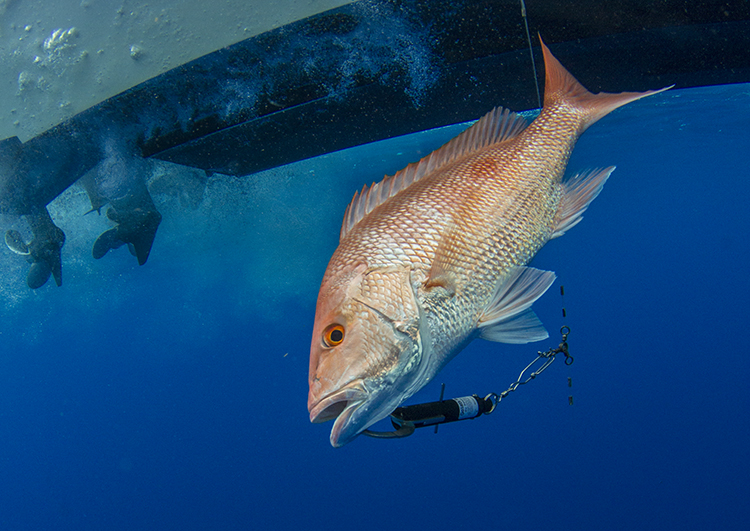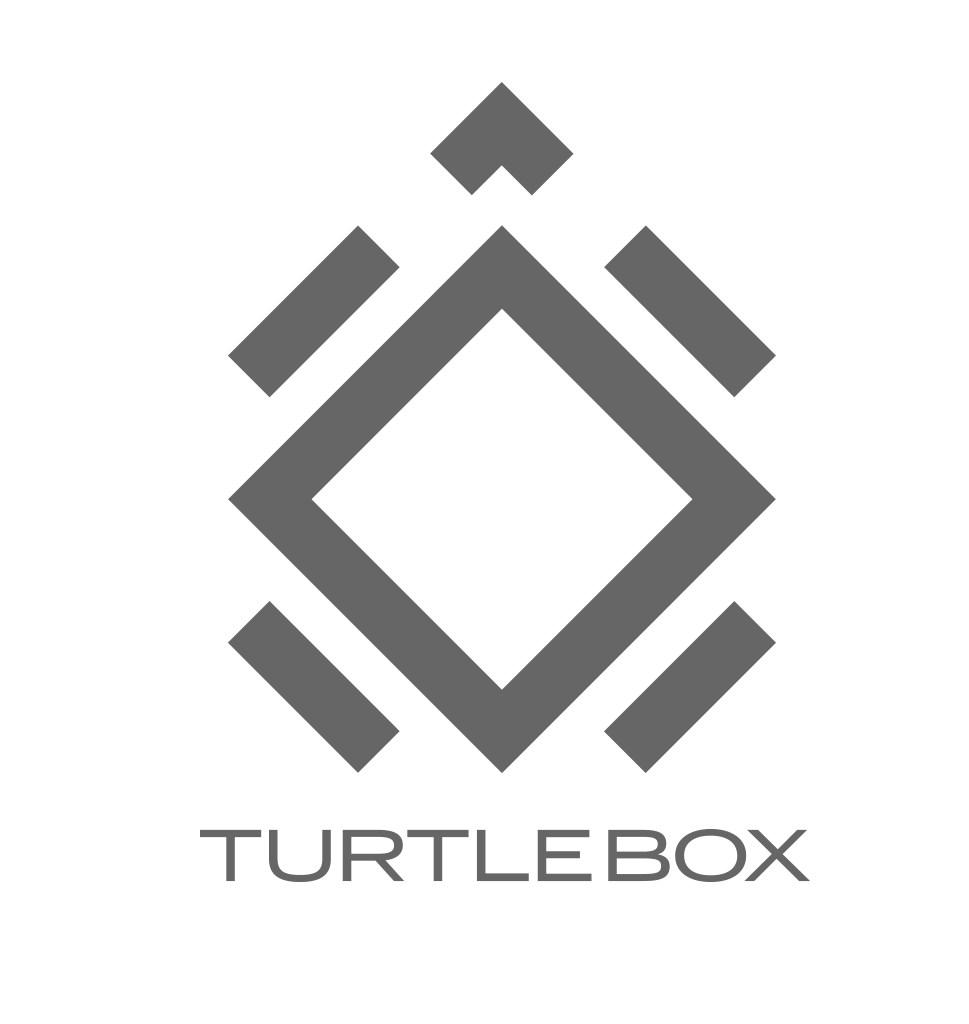Story by Julia Byrd & Meg Withers



You can help fill in the blanks about released fish in the South Atlantic. How? Use the free mobile app SciFish to record information about your released red snapper and shallow water grouper, such as black grouper, gag grouper, and rock hind. Photo courtesy of Adrian Gray.
When you’re on the water, fishing for snapper or grouper, you’re becoming increasingly knowledgeable about the fishery.
You notice the size of the fish, you know where you caught it, and if you release the fish, you know what condition it was in when it hit the water. You can turn that knowledge into valuable data with a citizen science project called SAFMC (South Atlantic Fishery Management Council) Release. This project works with fishermen who fish for snapper or grouper in the South Atlantic to answer important questions about these species.
For scientists and managers, there are a lot of unknowns about released fish. If you’ve ever been surveyed about your catch, you know this typically happens back at the docks. Details about released fish, like length or release treatment (e.g., use of a descending device), aren’t included in these surveys, meaning that you are often the only person aware of the details surrounding your releases.
This poses a challenge to fisheries management entities like the South Atlantic Fishery Management Council. Fishery scientists and managers use numerous data sources to determine the status of a fishery and what, if any, management actions need to be taken. However, there can still be gaps in the data available. The length of released fish and their likelihood of survival represent two such gaps.
You can help fill in the blanks about released fish in the South Atlantic. How? Use the free mobile app SciFish to record information about your released red snapper and shallow water grouper, such as black grouper, gag grouper, and rock hind. In the app, you can enter data like depth caught, hook type, fish length, optional location, descending device use, and observations of shark depredation. The data collected are confidential, so your secret fishing spots stay secret.
Length information is linked to the age of the fish, but you may be wondering how the project can help inform the likelihood of survival. One of the key threats to deep-dwelling species surviving release is barotrauma, or pressure-related injury. When a fish is reeled up from depth, the change in pressure can cause the swim bladder to expand, displacing other major organs. You’ve probably seen the symptoms – bulging eyes, stomach protruding from the mouth, anal prolapse, bloated stomach, and bubbling scales. If released without assistance, the fish will float on the water’s surface, greatly reducing its chance of surviving. The use of a descending device can help. Descending devices are weighted tools that quickly return the fish to depth, allowing it to recompress and greatly increasing its chances of survival.
Barotrauma symptoms worsen with depth, thus the SAFMC Release project asks both about depth caught and descending device use. These data offer insight into when barotrauma mitigation techniques, like descending or venting, are used. The project’s 2022 annual data summary, which provides a summary of the data submitted the prior year, clearly showed fishermen’s use of descending devices and venting tools steadily increased with depth fished. This is just one example of how the SAFMC Release project makes is possible for fishermen to share when they’re using their best fishing practices while simultaneously providing insight into the snapper grouper fishery.

Although the project is relatively new, fishermen’s observations have already proved powerful. In the fall of 2022, fishermen in the South Atlantic began catching an unprecedented number of juvenile gag grouper. They recorded their releases in the Scifish app and when the annual data summary was published, the gag grouper length distribution plot showed a spike in the number of small gag. This is an exciting example of fishermen’s experiences transitioning from anecdotal evidence to data available to inform future stock assessments and management.

Fishermen like you are at the forefront when it comes to monitoring fisheries, and citizen science projects like SAFMC Release offer a path for you to easily contribute your knowledge to fisheries management. Scan the QR code to complete a simple form to join the project (login information provided after completion) and download the free SciFish app at the Google Play or Apple Store. Join SAFMC Release to support fisheries for generations to come.
Julia Byrd is the Citizen Science Program Manager at the South Atlantic Fishery Management Council and Meg Withers is the Citizen Science Project Coordinator at the South Atlantic Fishery Management Council.









